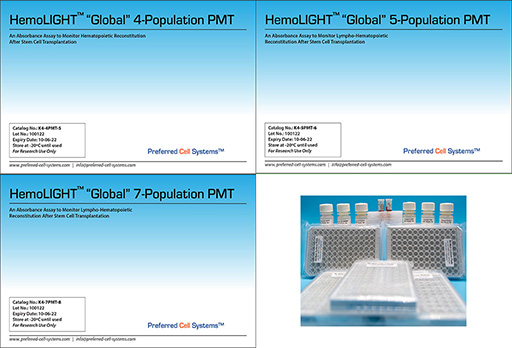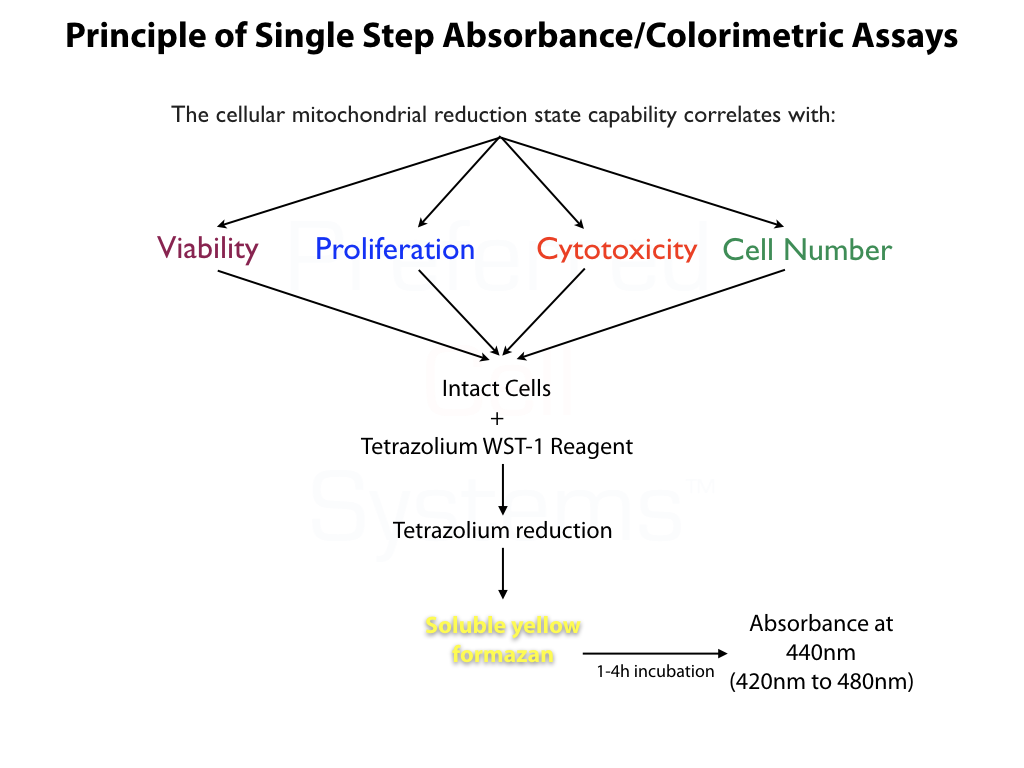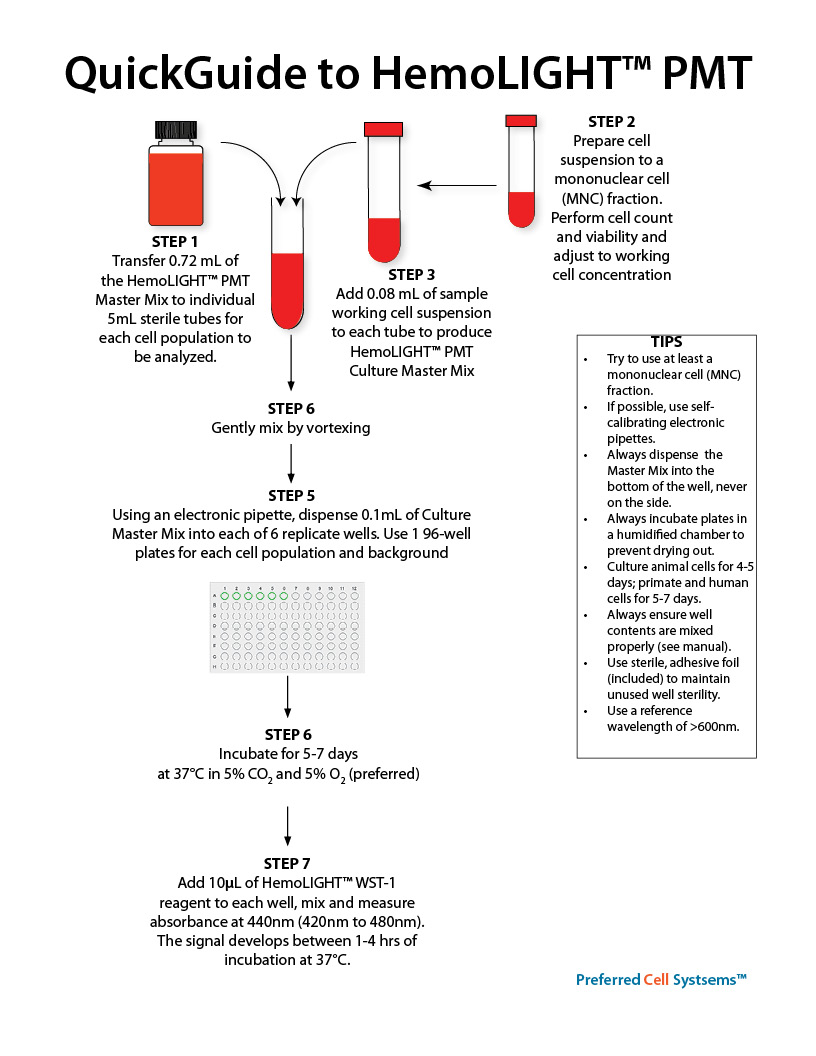HemoLIGHT™ PMT "Global"
The Fast and Easy "Global" Absorbance Patient Monitoring After Transplantation (PMT) Assay for Lympho-Hematopoietic Reconstitution
Buy HemoLIGHT™ PMT
HemoLIGHT™ PMT
A Fast and Easy "Global" Bioluminescence Assay to Monitor Lympho-Hematopoietic Reconstitution After Transplantation
| Description | Tissue | Formulation | Catalog Number | Quantity | |
|---|---|---|---|---|---|
| Multiple | |||||
| 4-Population + Background | Bone marrow or peripheral blood | Low serum | K4-4PMT-5 | 1 Kit | |
| 5-Population + Background | Bone marrow or peripheral blood | Low serum | K4-5PMT-6 | 1 Kit | |
| 7-Population + Background | Bone marrow or peripheral blood | Low serum | K4-7PMT-8 | 1 Kit | Multiple |
| 4-Population + Background | Bone marrow or peripheral blood | Serum-Free | K4SF-4PMT-5 | 1 Kit | 5-Population + Background | Bone marrow or peripheral blood | Serum-Free | K4SF-5PMT-6 | 1 Kit | 7-Population + Background | Bone marrow or peripheral blood | Serum-Free | K4SF-7PMT-8 | 1 Kit |

Instructional Video on How to Use PMT Assays
A specific video tutorial on using the PMT assays is not yet ready. Please scroll down and check out the QuickGuide and Technical Manual (if available). Below, is the link to perform the absorbance readout:
How to Perform an Absorbance-Based Readout (for HemoLIGHT™ PMT "Global")
Determine "global" hematopoietic stem and progenitor cell reconstitution.
- An alternative to, or replacement for the classic colony-forming unit (CFU) assay for hematopoietic lineage engraftment and reconstitution.
- Measurement of progenitor cell proliferation, rather than differentiation, provides faster results.
- Measures individual hematopoietic lineages, providing a faster prediction of possible reconstitution than the €œclassic€ CFU assay.
- No colony counting required.
- Results in 7 days.
- Transforms the subjective CFU assay into an instrument-based, quantitative assay.
- Simple and faster to use than any traditional CFU assay, even using automated colony counting.
- Complete assay kit; includes everything needed to culture and measure hematopoietic cell growth.
- Incorporates proven Suspension Expansion Culture™ (SEC™) Technology.
- Incorporates a terazolium WST-1 reagent that is reduced to a soluble yellow formazan, which can be measured at an maximum absorbance of 440nm (420nm to 480nm) in an absorbance plate reader.
- After culture, add 10μl of the WST-1 reagent, mix and read absorbance at 440nm after 1-4 hours in a 96-well plate reader. Plates can be returned to incubator and re-read at a later time for increased sensitivity.
- No solubilization step as in a MTT reaction. Replaces MTT assays.
- 4-Population "Global" Assay consists of: SC-GEMM 1, P-BFU 1, P-GM 1, P-Mk 1 and Background
- 5-Population "Global" Assay consists of: SC-HPP 2, SC-GEMM 1, P-BFU 1, P-GM 1, P-Mk 1 and Background
- 7-Population "Global" Assay consists of: SC-HPP 2, SC-GEMM 1, P-BFU 1, P-GM 1, P-Mk 1, P-Tcell 3, P-Bcell 2 and Background
- Peripheral blood
- Bone marrow (biopsy)
For Research Use Only. Not for clinical diagnostic use.
An absorbance or multimode plate reader to measure absorbance at 490nm.
- HemoLIGHT™ PMT "Global" Master Mixes for each cell population to be determined
- WST-1 reagent
- Sterile, clear, 96-well plate(s)
- Sterile adhesive cover foils for maintaining unused well sterile


